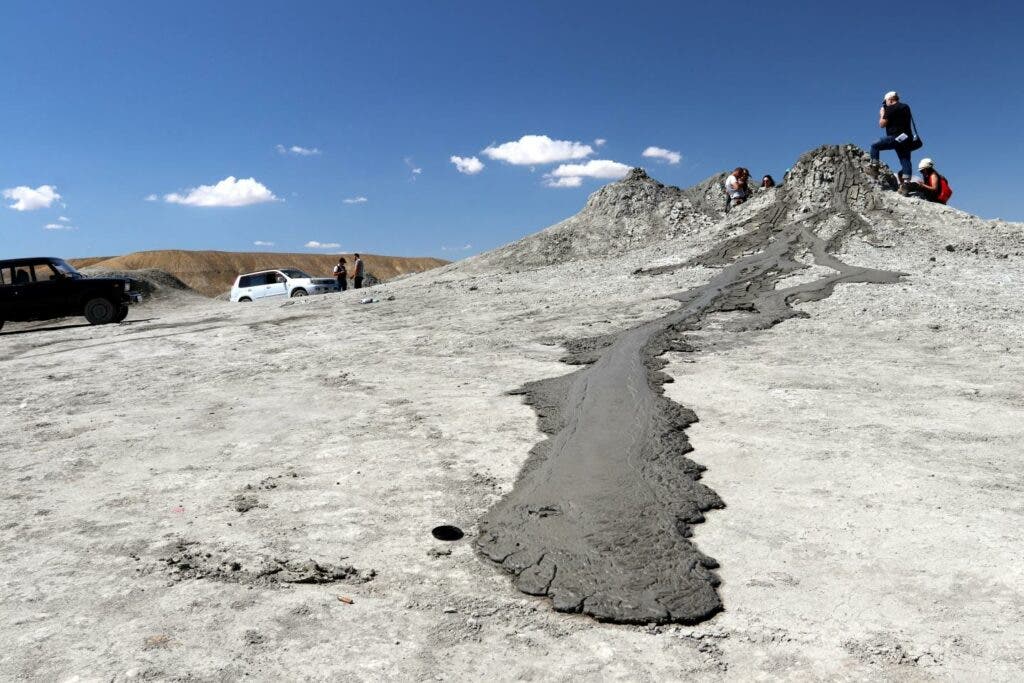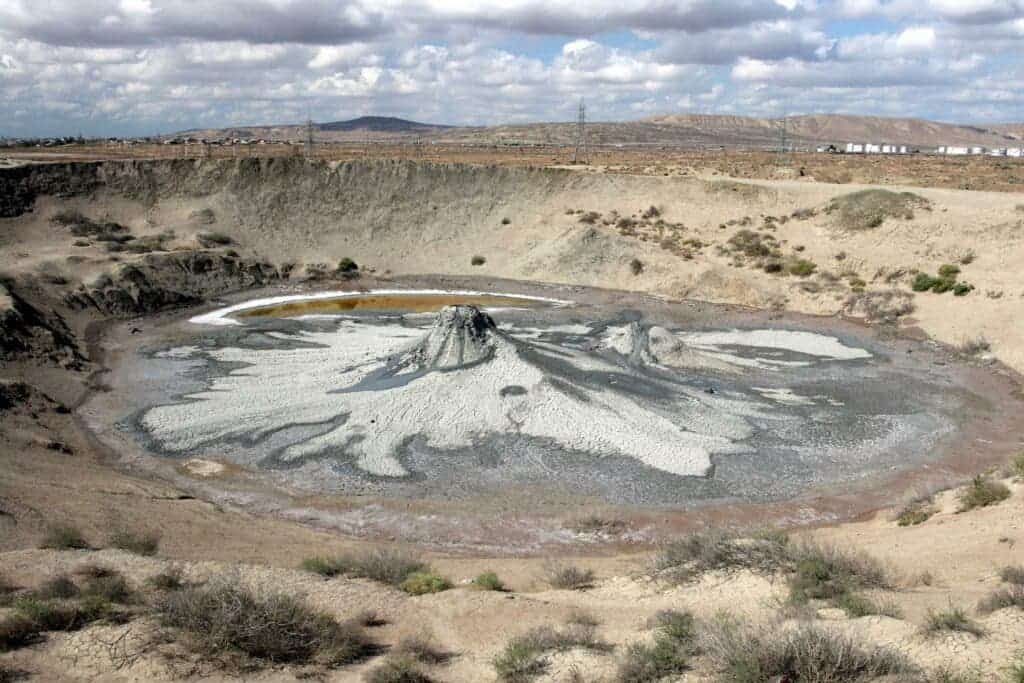For many years, scientists have been puzzled by lava-like flows on the surface of the Red Planet. Turns out that some of these features are actually not caused by lava but by ancient mud flows instead.
Not your typical mud
It’s estimated that there are literally tens of thousands of lava-like landforms on the surface of Mars. Most are situated right in the vicinity of massive channels carved into the crust billions of years ago by fluid flowing downstream.
These channels — which can be hundreds of kilometers in length and dozens of kilometers wide — are believed to be the result of huge floods that caused water to seep into the subsurface, only to reemerge as mud.
In order to test this hypothesis, an international team of researchers simulated Mars-like conditions using the Mars Chamber at the Open University in the UK.
Inside the vacuum chamber, the researchers simulated the release of mud on the Red Planet in analogous conditions of low pressure and frigidly cold temperatures (-20°C). Tweaking the pressure and temperature in such a large vacuum-chamber proved highly challenging, but the authors eventually managed to mimic Mars-like conditions.

The free-flowing mud didn’t solidify like on Earth because the water began to boil and evaporate, causing the mud to freeze rapidly and form an icy crust.
“The main finding is that mud flows do not behave in the same way on Mars and Earth because of the very great difference in atmospheric pressure. And the difference makes mud flows on Mars have many of the same characteristics as lava flows (on Mars or Earth). This means that we have to be very careful in our interpretation when we see what look, at first sight, like lava flows on Mars,” Lionel Wilson, Emeritus Professor of Earth and Planetary Sciences at Lancaster University, told ZME Science.
Mud vulcanism

The mud flows formed shapes similar to pahoehoe lava that is frequently encountered in volcanically active regions on Earth, such as Hawaii and Iceland.
Like pahoehoe lava, mud flows in Martian-like conditions solidified in the form of smooth undulating surfaces as liquid ruptured the frozen crust, then refroze.
Mars was no stranger to volcanic eruptions, as its largest mountain, Olympus Mons, attests. This massive Martian volcano towers 16 miles (25 kilometers) above the surrounding plains and stretches across 374 miles (624 km) — roughly the size of the state of Arizona.
However, the new study shows that many geological features on Mars that resemble evidence of volcanic activity may not actually be the result of lava, but rather mud.
“We need to find better ways to distinguish between lava and mud in remote-sensing images (visible, infra-red, and radar). Until then we need to be careful when interpreting images. There is very little doubt about the nature of the lava flows on the flanks of the great martian shield volcanoes, but I am less sure about the “lava flows” in the northern plains of Mars,” Wilson said.
In the future, the team of researchers, which included colleagues from the Institute of Geophysics at the Czech Academy of Sciences, the Rutherford Appleton Laboratory in the UK, CNRS in France, DLR and Münster University in Germany, and CEED in Norway, plan on conducting more experiments involving even larger volumes of mud.
“This reminds us that Mars is as complicated and diverse as the Earth in terms of the processes going on in its interior. And of course everyone wants to know if there was ever life on Mars; life needs water, and if some of what we currently think are lava flows are in fact mud flows, then that implies that early Mars had even more water than we currently think it had,” Wilson concluded.
The findings were reported in the journal Nature Geoscience.


